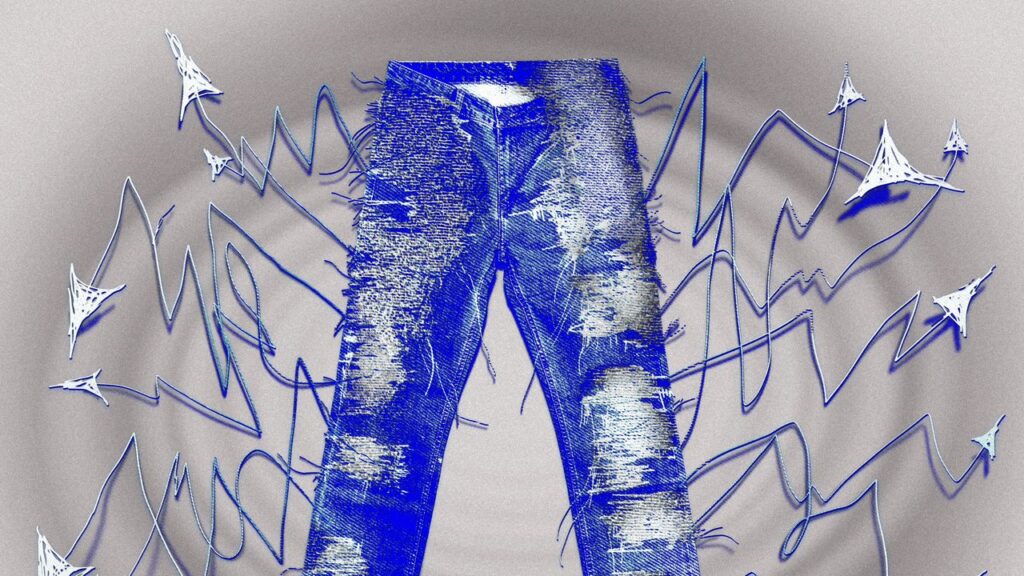The Impact of Tariffs on the Fashion Industry: Insights and Challenges
The recent wave of tariffs has generated significant concern among fashion designers and retailers, particularly those focused on American-made products. Francis Young, designer and owner of the Philadelphia-based brand Paratodo, has voiced his apprehension about how these tariffs might disrupt production and elevate costs. “It’s a disaster,” Young stated through direct messaging, adding that notifications from fabric suppliers regarding impending price hikes further complicate matters. He highlighted the potential difficulties that could arise when his company ships products to international partners in Korea, Japan, and Taiwan this summer.
Shifting Production Strategies
Younger expressed skepticism about whether the tariffs might encourage a resurgence of American manufacturing, noting that they could lead to job losses instead. “Whatever companies are supposed to be incentivized to reshore manufacturing here will most likely just lay people off to maintain their profit shares,” he explained. Young emphasized that achieving complete local production would require a considerable time investment to build the necessary industrial capacity.
Challenges for Retailers at Home and Abroad
Retailers are also grappling with the impacts of these tariffs. Hampus von Hauswolff, head buyer for Nitty Gritty, a boutique in Stockholm, described the anticipated repercussions succinctly: “Fewer choices, higher prices, and potentially lower product quality.” He noted the boutique’s commitment to featuring smaller brands from various countries, including American labels like Lady White and Evan Kinori, but expressed concern that the changes in customs regulations and profit margins might make it challenging to maintain their existing pricing levels.
Online sales from American businesses are crucial to Nitty Gritty’s revenue, and von Hauswolff acknowledged that these transactions could be impacted by the ongoing trade tensions. “We definitely rely on certain sales from the US,” he said.
A Canadian Perspective
In contrast, Jonathan Elias, co-owner of the Toronto menswear shop Lost & Found, offered a more optimistic view despite being affected by the tariffs. Following the imposition of a 25% counter-tariff by Canada on American goods earlier this year, Elias reported that his store successfully secured most American products for the season before the tariffs took effect. This forethought should help shield his customers from immediate price increases.
Elias noted that his clientele is accustomed to paying premium prices for unique and hard-to-find items. “If you’re really concerned about these tariffs… then you have to just be even more diligent about finding brands and products that not everybody has,” he advised. He remains hopeful that the demand for exclusive pieces will continue, regardless of any tariffs.
Looking to the Future
Like many in the industry, Elias is uncertain about how the situation will evolve. “Honestly, I don’t know, man,” he said, reflecting a sentiment shared by many business owners in the current climate. “The only thing you have control over is you, whether that means trying to alter your business or pivot or do whatever you need to do to survive.” He posits that amid the challenges, opportunities for growth and learning may still exist.
The true extent of these tariffs’ impact on brands and retailers remains to be seen, but it is evident that they present a complex array of challenges and potential changes for the fashion industry.
